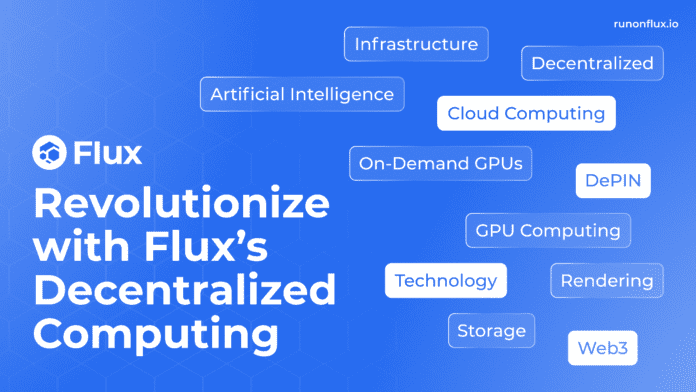In the evolving landscape of digital content, Streamr is poised to redefine video streaming. Despite being known as a decentralized, message-based protocol, Streamr’s capabilities extend to delivering any binary data within those messages, including video content. This innovative approach promises to transform how we consume video, leveraging peer-to-peer (P2P) technology for more efficient and cost-effective streaming.
Why Streaming Matters
The significance of video streaming cannot be overstated. According to Cisco, video content accounted for 82% of global network traffic in 2022. Downstream video traffic alone represented over half of global internet traffic, with Netflix contributing a staggering 15%. The sheer volume underscores the necessity for more efficient streaming solutions.

The Cost of Traditional Video Streaming
Current video streaming methods are incredibly costly. Twitch’s decision to withdraw from the Korean market due to prohibitive costs highlights this challenge, even for tech giants like Amazon. For smaller providers, these costs can be a barrier to entry and scalability.
AWS’s example of live streaming costs paints a clear picture: for 200 hours of HD live events each month viewed by 100 people, distribution alone costs nearly $3,000. This model, where each video request is served individually, leads to linear cost growth with increasing users.
How Video Streaming Works
Video streaming allows real-time viewing without downloading the entire file. Here’s a simplified process:
- Encoding and Compression: Videos are encoded and compressed into suitable formats for efficient transmission.
- Storage: Encoded files are stored on servers or content delivery networks (CDNs).
- User Request: Users select a video, initiating a request to the server.
- Transmission: The server sends the video in small segments to the user’s device.
- Buffering: The device buffers a portion of the video for smooth playback while continuously receiving new segments.
The Benefits of Peer-to-Peer Streaming with Streamr
Streamr proposes a revolutionary P2P model for video streaming, which offers several key advantages:
- Reduced Costs: By utilizing P2P technology, distribution costs can be significantly lowered.
- Scalability: Each consumer also acts as a distributor, reducing the load on central servers.
- Efficiency: Streamr clients integrated at the cloud’s edge and in video players optimize delivery.
Implementing Streamr for Video Streaming
Integrating Streamr involves a few critical steps:
- Client Integration: Streamr clients must be integrated at both the cloud edge and in video players.
- P2P-Friendly Formats: Content must be offered in formats suitable for P2P distribution, such as MPEG-TS.
Transformative Distribution Model
Instead of sending video content to each consumer individually, Streamr’s P2P model turns consumers into distribution nodes. Each device connects to four additional devices, redistributing content multiple times and drastically reducing the traffic from the cloud.
Challenges and Progress
Developing effective P2P software is complex and requires significant investment. Streamr has been tackling these challenges since 2017 and is now ready for scaled user testing. Users in Europe and North America can register for live stream testing and earn $DATA by participating.
In Review
Streamr’s innovative use of P2P technology for video streaming heralds a new era in digital content consumption. By addressing the high costs and inefficiencies of traditional streaming models, Streamr offers a compelling, scalable, and cost-effective solution for the future of video streaming. Join the revolution and experience the future of video with Streamr.
Find Out More
Website:- https://streamr.network/
Credit:-https://blog.streamr.network/the-future-of-video-is-peer-to-peer-streaming/



